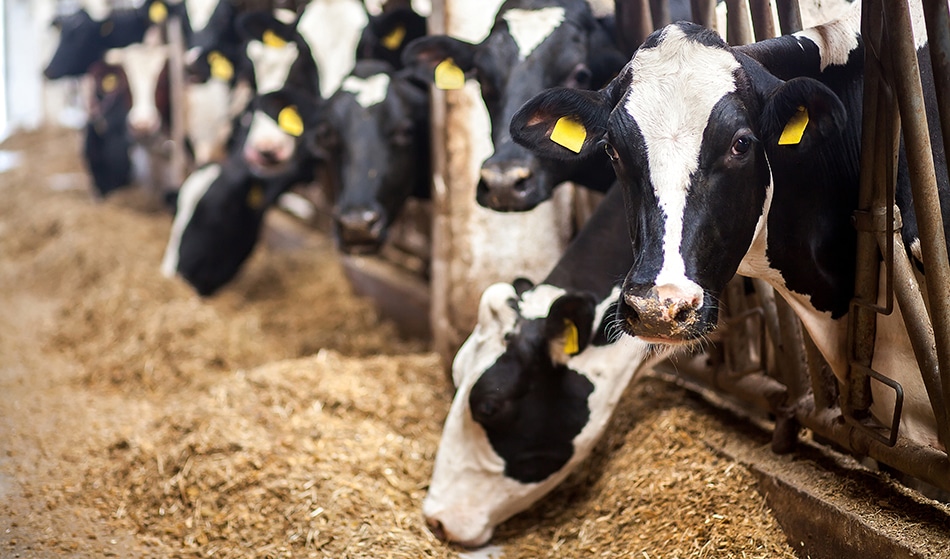ISO 21527-1 Yeast and Mold Enumeration in Animal Feed
The ISO 21527-1 standard provides a comprehensive approach to the enumeration of yeast and mold in animal feed. This method is crucial for ensuring food safety, especially when dealing with microorganisms that can have significant impacts on livestock health and productivity.
Yeast and molds are common contaminants found in agricultural products used as feeds for animals. They can affect not only the nutritional value but also the palatability of animal feed. Excessive mold growth can produce toxins called mycotoxins, which pose serious risks to both animal and human health when ingested.
The ISO 21527-1 standard defines specific procedures for sample preparation, inoculation techniques, incubation conditions, and counting methodologies. It ensures that the results obtained are consistent, reproducible, and comparable across different laboratories worldwide. This is particularly important in the global agricultural market where trade between countries necessitates uniformity in testing standards.
For quality managers and compliance officers within agricultural and animal feed industries, adhering to this standard not only helps maintain product integrity but also enhances consumer confidence by ensuring that feeds meet all safety requirements set forth by international organizations like FAO or WHO. Understanding the nuances of ISO 21527-1 is essential for maintaining high standards of hygiene and quality assurance throughout production processes.
Incorporating this standard into your laboratory procedures ensures you are meeting current regulatory expectations while also being prepared for future changes in legislation regarding feed safety. By using standardized methods, laboratories can provide reliable data that supports informed decision-making at every stage from raw material sourcing to final product release.
Why Choose This Test
International Acceptance and Recognition
The ISO 21527-1 standard has gained widespread acceptance among various stakeholders involved in agricultural and animal feed industries. Regulatory bodies around the world recognize its importance for ensuring food safety standards are met.
Laboratories accredited according to this standard benefit from enhanced credibility, as they demonstrate their capability to perform accurate and reliable tests. This can lead to increased business opportunities both domestically and internationally. Moreover, compliance with ISO 21527-1 shows commitment to maintaining the highest quality standards in your operations.
The global nature of agricultural markets means that adherence to international standards like this one is becoming increasingly critical for businesses operating across borders. By aligning themselves with such recognized practices, companies position themselves favorably against competitors who may not adhere as closely to these guidelines.
Competitive Advantage and Market Impact
- Enhanced Credibility: Being able to demonstrate compliance with ISO 21527-1 can give your business a significant advantage over competitors by establishing trust among clients and stakeholders.
- Increased Business Opportunities: International acceptance of this standard opens up new markets for businesses, particularly those dealing in global supply chains where multiple countries are involved.
The implementation of ISO 21527-1 not only contributes positively towards maintaining food safety standards but also plays a role in shaping market trends. As awareness grows about the importance of microbial control measures within agricultural products, companies that lead by example through rigorous testing procedures will likely attract more customers seeking assurance regarding product quality and safety.





